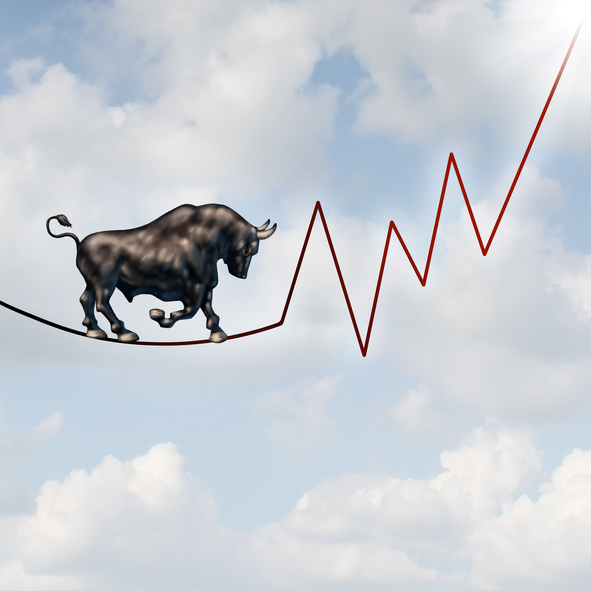Each bond is ranked according to its marginal contribution to risk, or MCR, a measurement of the amount of risk a security contributes to a portfolio of securities. The measure is calculated using a bond’s duration and the difference between the bond’s spread and a weighted average spread of the bonds in the broader index universe. Those with a higher MCR will add more credit risk than debt with a lower MCR. The underlying index will only select the 50% of bonds measured to have the least credit risk based on their MCR.
Consequently, fixed-income investors are left with an ETF portfolio that has more quality, is more liquid and is less volatile than other high-yield bond funds.
“Our research has shown that you get about 25 percent reduction in volatility, and over long cycles – we have both up and down, you can get very similar return as a broad high-yield universe but, again, at half the volatility,” Bruno added.
HYLV’s credit quality exposure includes speculative-grade BB+ 25.4%, BB 37.1%, BB- 20.1%, B+ 7.6%, B 6.8% and B- 3.0%. In contrast, other high-yield, junk bond ETFs may include over 10% to the riskier CCC-rated debt securities.
Click here to read IndexIQ’s 2017 Outlook on ETF Trends and NYSE’s exclusive 2017 Market Outlook Channel.
